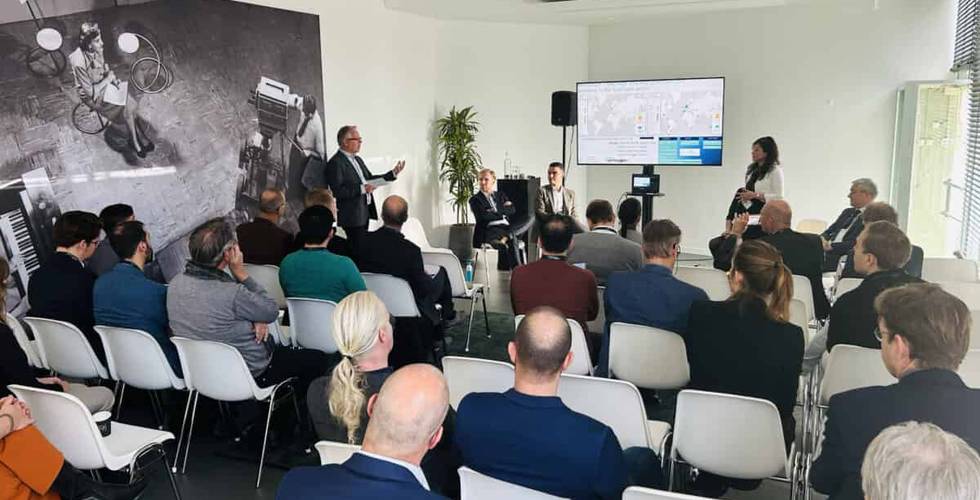Het HY3+ consortium, waarin onder meer TNO en Arcadis samenwerken, brengt op een onafhankelijke wijze in kaart hoe een grensoverschrijdende infrastructuur voor waterstof eruit zou kunnen zien. Tevens worden de kritieke netwerkcomponenten in kaart gebracht. Het project richt zich op strategieën om de robuustheid van het netwerk te verbeteren en definieert aanbevelingen om risico’s te mitigeren.
De tekst wordt in het Engels vervolgd.
HY3+ aims to provide an independent view to explore how a feasible network will look like, to provide first insights in critical network components, focus on strategies to improve the robustness of the planned network and provide recommendations to lower risks.
The above questions and developments all boil down to the following research questions:
- Will the foreseen hydrogen infrastructural system be able to realize security of supply across the entire hydrogen value-chain in 2030 with intermittent hydrogen production, fluctuating demand and the options for storage and import?
- If not, what debottlenecking activities will be required to ensure the security of supply and enable the hydrogen economy?
In line with this main research questions, several studies are exploring hydrogen infrastructure, via different approaches. Examples are the ENTSOG CBA methodology or the European Hydrogen backbone (EHS). Building upon these important studies, the HY3+ programme aims to create and add value, by:
A) Joining forces with all (international) key players in the hydrogen economy / value[1]chain (TSOs, storage operators, industrial parties, governments)
B) Providing cross-border insights around security-of-supply. After all, many hydrogen system players are not solely operating in one country. Therefore, a complete and integrated picture around all potential risks and opportunities from a cross-border perspective is needed
C) Combining both technical and non-technical components
- Dynamic modelling, rather than static. The modelling applied within HY3+ includes both time-specific as well as location-specific components, to validate that the system is able to handle not only the average capacities over the year, but also the fluctuations that may be expected from the intermittent production and consumption of hydrogen.
- Relevant non-technical dimensions, such as political, economic, societal, technological, legislative, environmental (PESTLE). This allows to analyse the bottlenecks within the surroundings, which in current studies remain underexposed
D) Concrete debottlenecking and providing early mitigations for determined infrastructure bottlenecks, which is needed for a robust & mature infrastructure and allowing companies to complete the business-case around hydrogen
E) Developing a roadmap, a step forwards toward concrete implementation of current plans & programmes, supported by practice: infrastructure is determined by supply & demand of parties
F) HY3+ is a study performed by two independent organizations (TNO and Arcadis)
G) Collaboration between technical institutes (VITO/DeChema/JULICH/TNO). This contributes to the tri-lateral agreement between Belgium, Germany and the Netherlands.
This project is financed with PPS-toeslag from TKI Nieuw Gas | Topsector Energie. Project cost are € 486k with a subsidy of € 277k. The project started on October 1st 2023 and will end on December 31st 2024.


